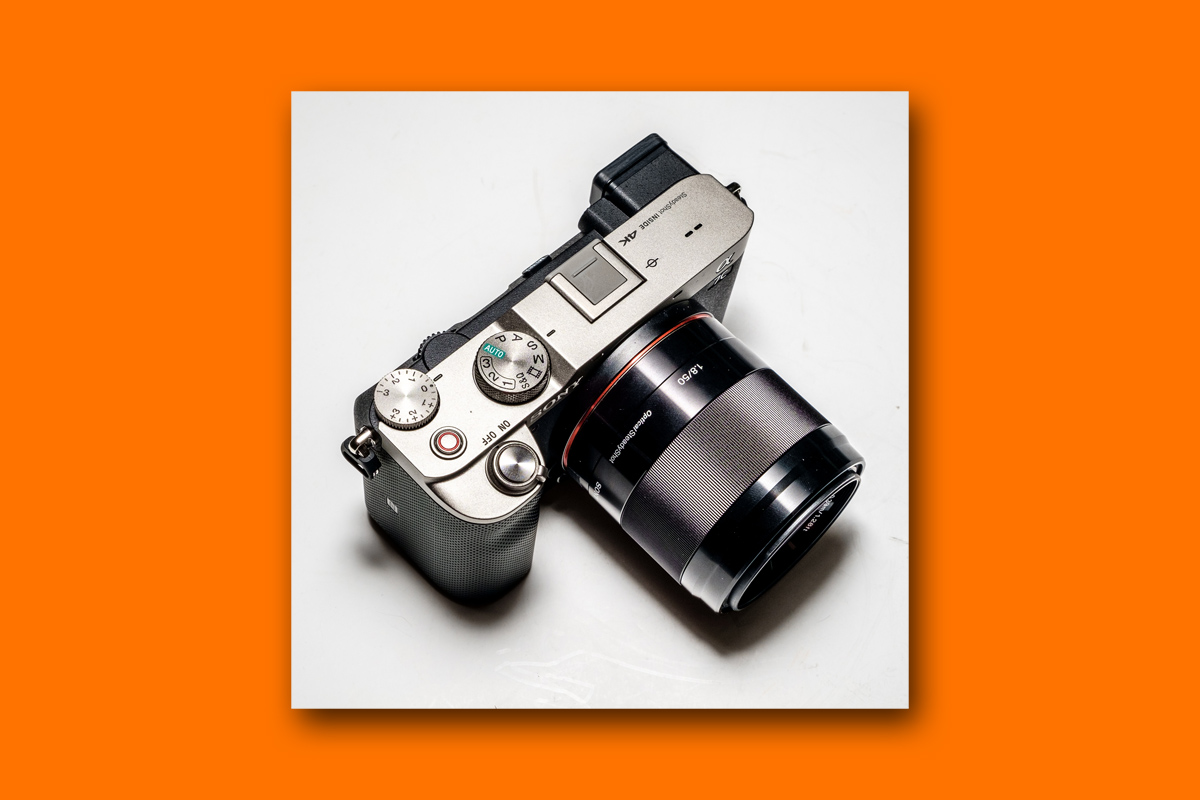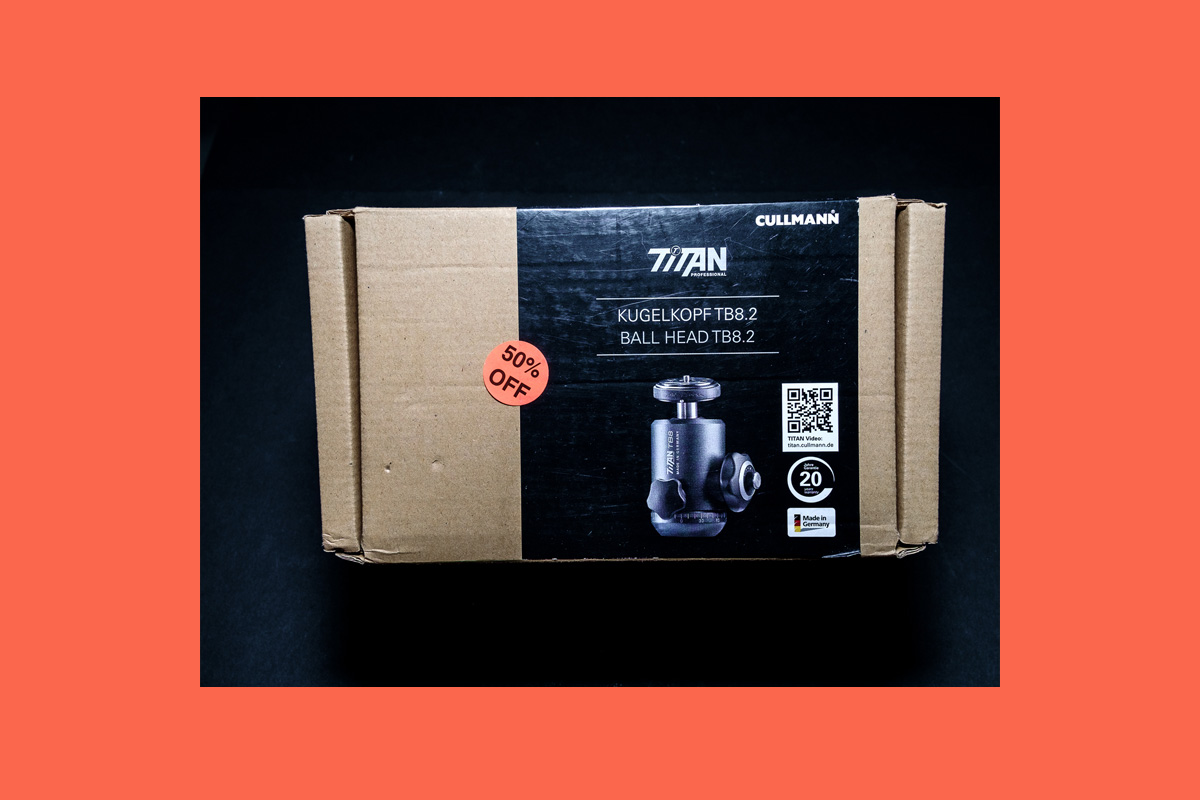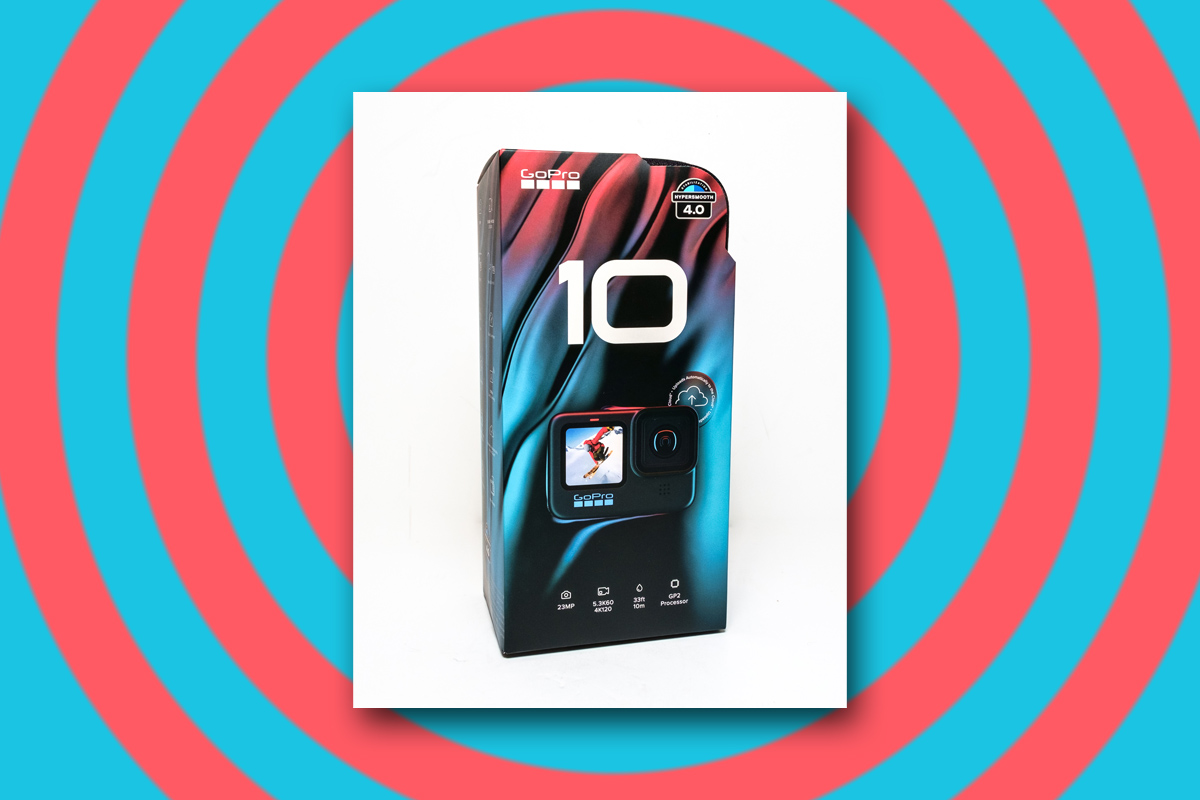30 May Filling The Sony Cabinet
My friend Carlos was carefully putting fresh stock into the Sony display cabinet on the Camera Electronic sales wall this last week when I went in to find some interesting gear. So I carefully plucked a number of things away while he was busy - things that attracted my eye and gave me to ponder somewhat about Sony photographic products. Long-time readers will know that I do not shoot with Sony myself, but that doesn't mean I do not respect and desire their goods - just that I don't have enough spare money to run two systems of cameras and lenses. One Powerball, however...











